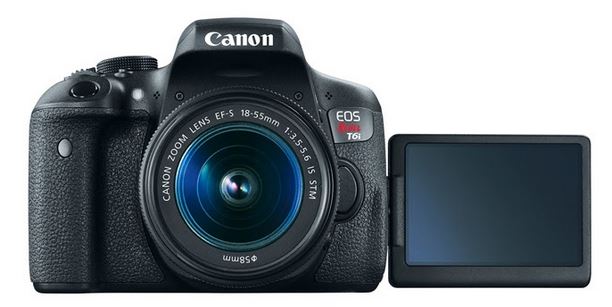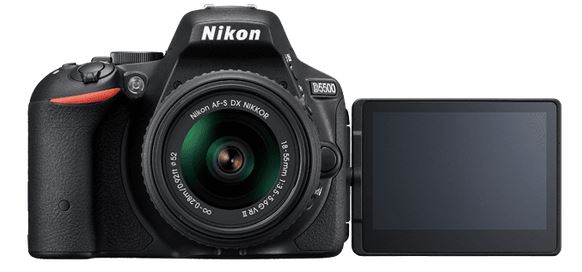Regardless you are a hobbyist or a professional, understanding that light is very important factor of the images you shoot is crucial. You can get it from a window, a lamp or a professional lighting set.
1. Continuous Lighting Kits
Continuous lighting kits are useful in product photography or video. A big advantage is that you are able visualize how your light will appear in an image before you shoot. So it will be easier to change and manipulate the lights. This type of lighting will be great for beginners because it will let them manipulate the light manually and will be very cost efficient compared to other types of lighting kits.
There are three major types of continuous lighting bulbs: fluorescent, tungsten & LED. All types are great, so choosing which to use is mainly a matter of personal preference.
Fluorescent does not overheat, so that is what most studio photographers use. LED is a safer option to tungsten because they tend to not overheat as much. It doesn’t matter which color tone bulbs you’ll use, remember to set white balance on a camera to Auto or manually according to the type of bulb you’ll be using to get accurate colors.
With an adjustable power kit you’ll have even more control over how much the light in the environment. This will allow you to manually manipulate your light even more than just a one bulb continuous lighting kit.
2. Speedlight Lighting Kits
Speedlights are external units that can be used with umbrellas and softboxes dispersing the light. They are faster than standard flashes and can be very versatile. It is best to use speedlights for stills, product shots, or action shots at weddings and sporting events.
Speedlights are extremely lightweight and portable, they are great alternatives for setting up quick but effective on-the-go studios.
3. Monolight Strobe Lighting Kits
Monolights are self-contained strobe units that include power sources, reflectors and stands.
The main advantage to monolights is that there is no need for an additional power generator because all of that is contained in the head of the lamp. Monolight should be 150+ watts so that they have power to light your products.
Strobe monolights are often used in studio, but they can also be portable.
Though there are many ways to use different artificial lighting and a wide range of entry-lever sets for you to buy, the starter sets that we mentioned in this article can easily get you started in product photography.






